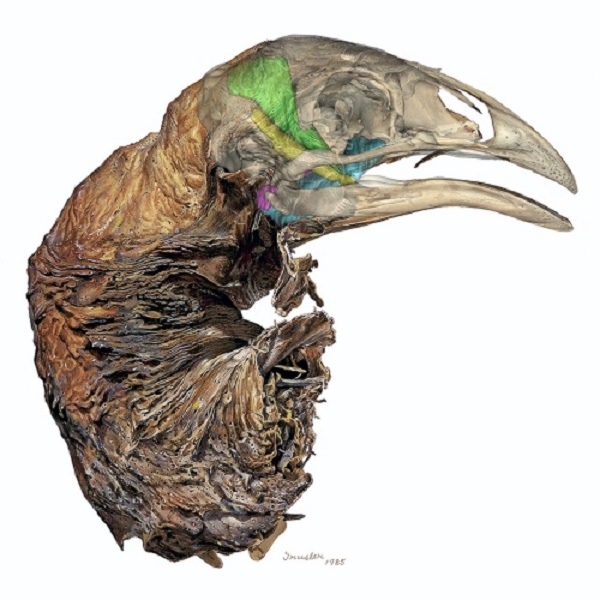The Great London [Search results for New Zealand]
New Zealand: Medical imaging helps define Moa diet

Environment: Scientists predict extensive ice loss from huge Antarctic glacier

United Kingdom: Greece looks to international justice to regain Parthenon marbles from UK

Environment: Wetlands and agriculture, not fossil fuels could be causing a global rise in methane
